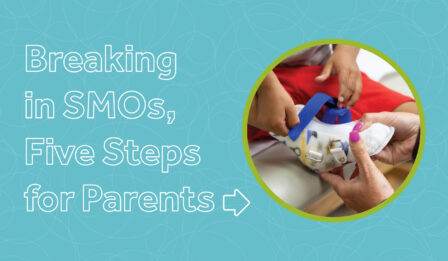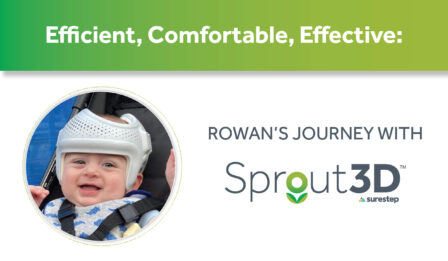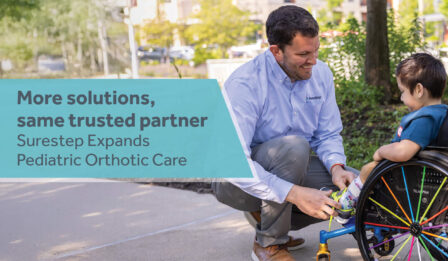Leg Braces For Kids – How They Can Help Your Child Thrive
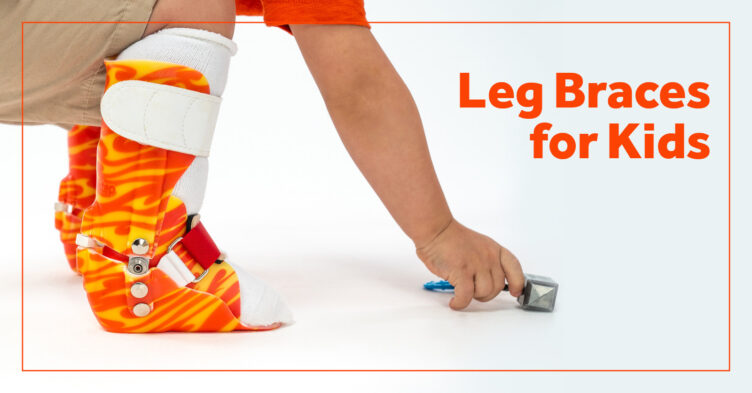
There’s nothing like watching your child do something for the very first time.
Roll over. Stand. Walk.
But development doesn’t always happen as quickly as it could or should.
And other times, that progression seems to plateau completely.
In either case, it’s important to get your little one the help he or she needs.
One possible solution to consider is leg braces for kids.
They come in a variety of shapes, sizes, and designs. Having a basic understanding of the options available can help you advocate for your little one.
5 Types Of Legs Braces For Kids
This list is far from exhaustive, but here are five common types and what makes each one unique.
AFOs
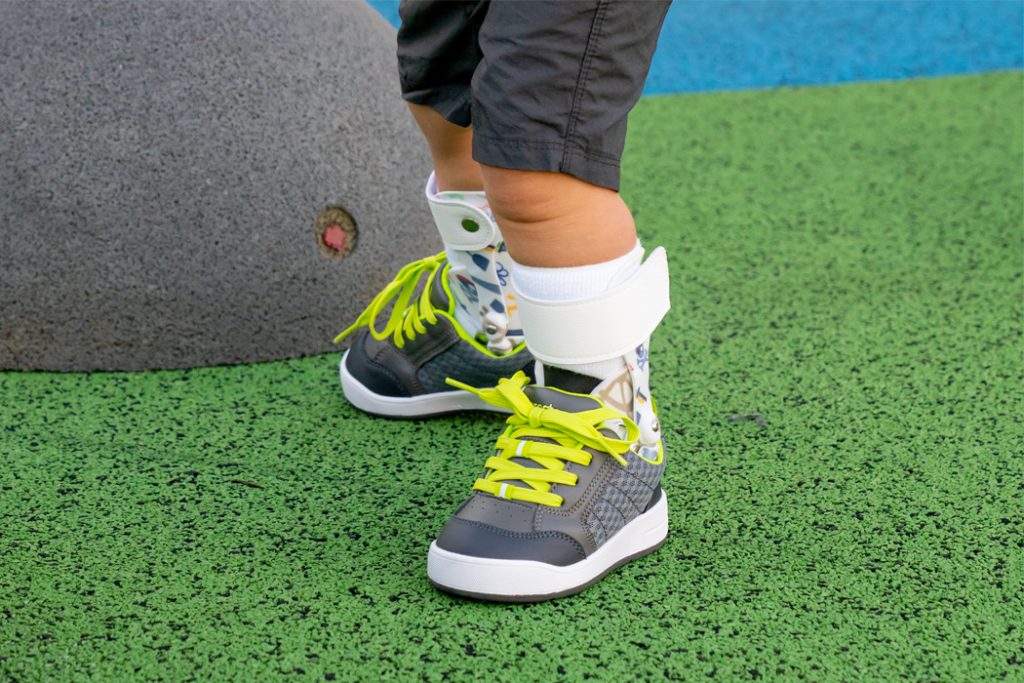
AFOs (ankle-foot orthoses) start at your child’s toes and then extend up, stopping just shy of the knee.
Among other benefits, this tall design offers extra sagittal plane (front to back) control.
They also offer more variation than any other pediatric leg brace on the list. There are numerous different styles, modifications, and variations.
And while that may sound overwhelming, this buffet of options can give your child even more personalized support.
AFOs can potentially help:
- Instability
- Hypermobility
- Drop foot
- Pronation
- Supination
- Toe walking
- Genu-recurvatum
- Hypotonia
- Hypotonia
- Developmental delays
SMOs
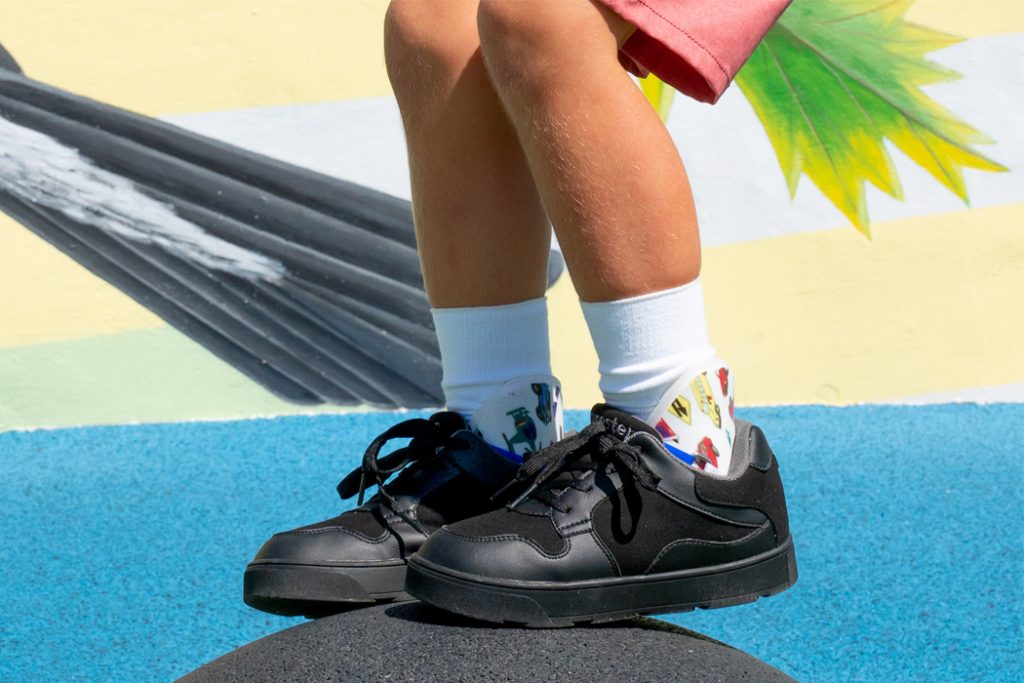
SMOs are the smaller cousin of AFOs.
Instead of addressing the entire leg, these tiny braces zero in on foot and ankle support. The smaller design also always your child to feel less restricted.
SMOs can potentially help:
- Pronation
- Ankle instability
- Toe walking
Indy 2 Stage
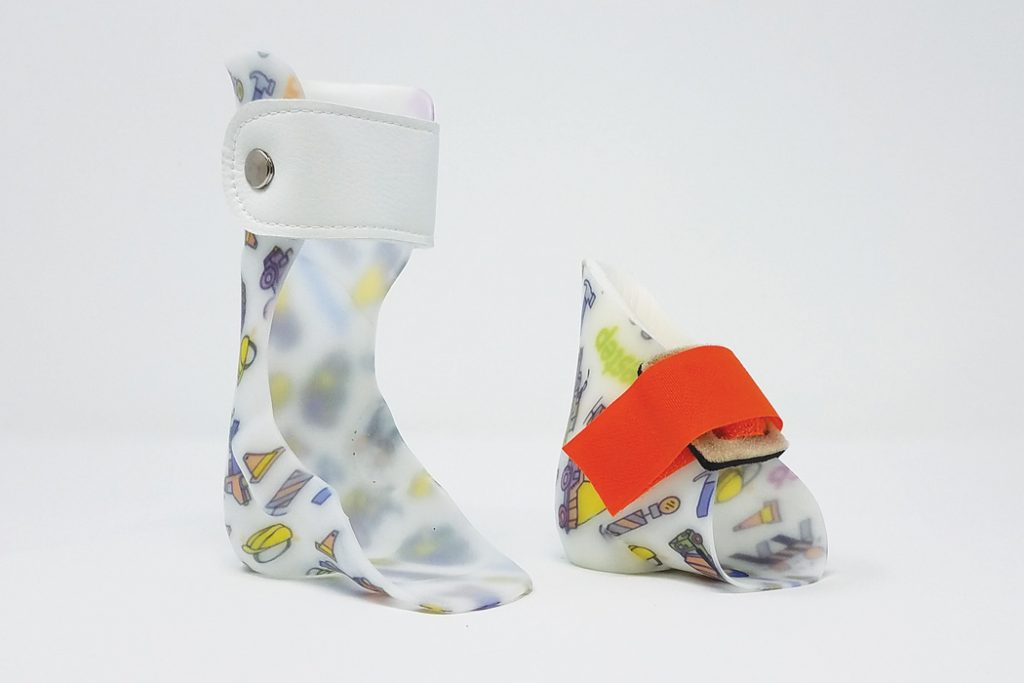
Adding the Surestep Indy 2 Stage to this list is sort of cheating because it’s essentially an AFO and SMO combined into one device. This gives your child the best of both devices.
The SMO portion is also detachable, which gives you more control over what your child wears and when.
The Indy 2 Stage can potentially help:
- Hypotonia
- Hypertonia
- Pronation
- Supination
- Poor proprioceptive awareness
- Mild to moderate spasticity
HEKOs
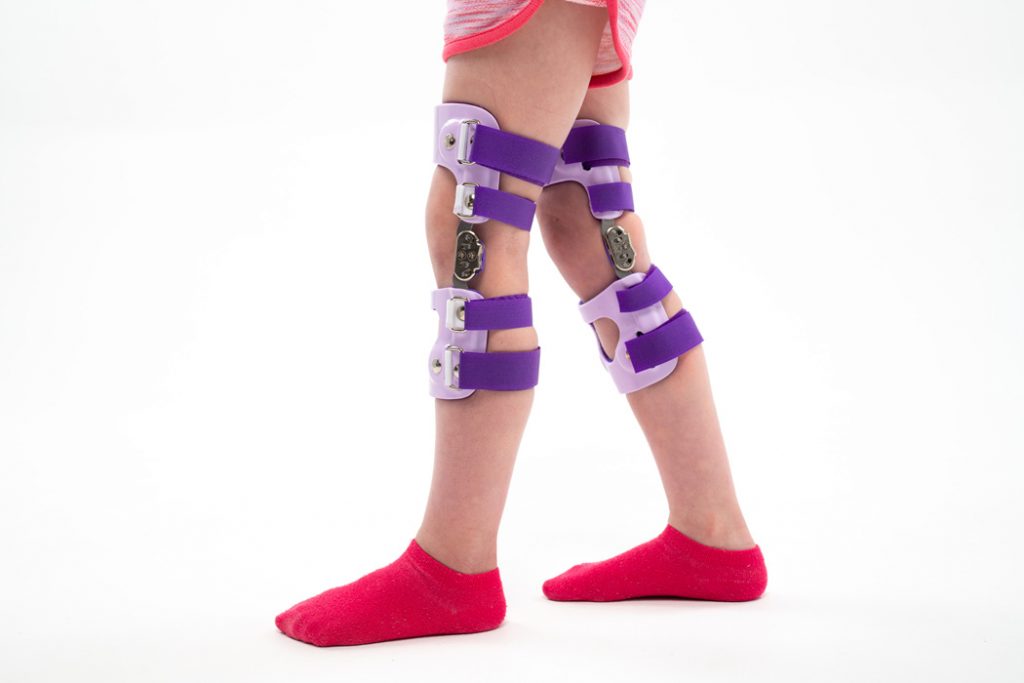
These are knee braces that are designed to both offer stability and limit the excessive range of motion.
HEKOs can potentially help:
- Knee instability
- Hyperextensions
- Genu-recurvatum
- Genu-valgum (Knock knees)
- Genu-varum (Bow leggedness)
Derotation Straps
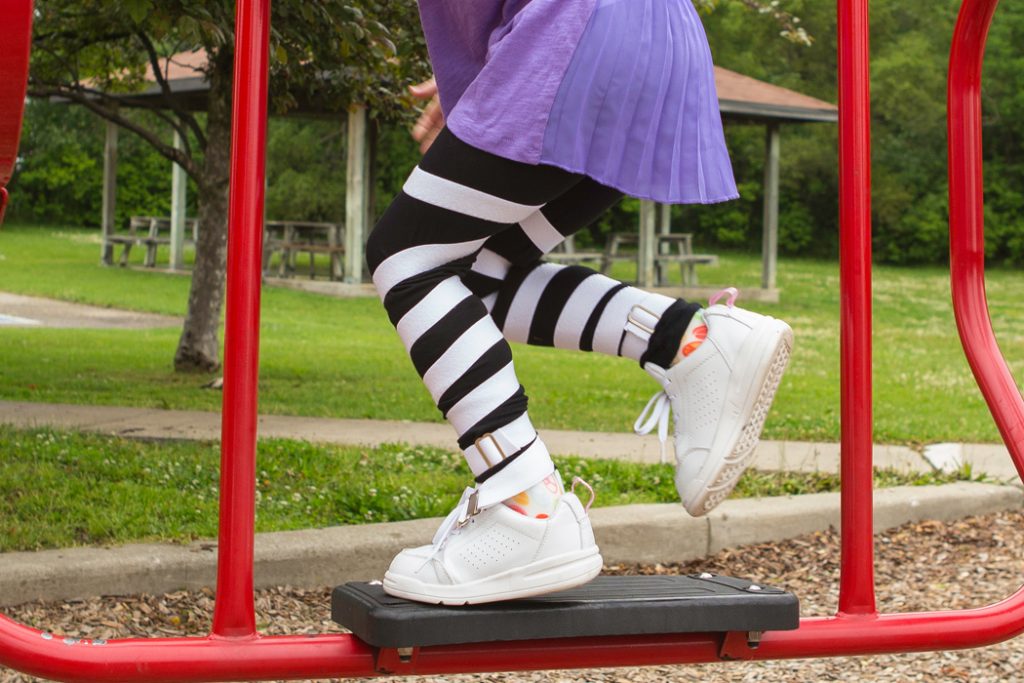
Derotation Straps may not look like the leg braces you envisioned. But these latex-free elastic straps can offer similar benefits to more traditional types of devices.
They can also be easily hidden underneath clothes.
Derotation Straps address the inward or outward rotation of your child’s femur bone or tibia bone.
Common Questions About Children’s Leg Braces
Now that you have a better grasp on the different options available, let’s touch on questions you may be asking.
What Are Leg Braces Used For?
Different leg braces serve different purposes. But a few common functions include:
- Increasing stability
- Restricting certain movements
- Limiting the range of motion
- Improving alignment
Let’s unpack these in a bit more detail.
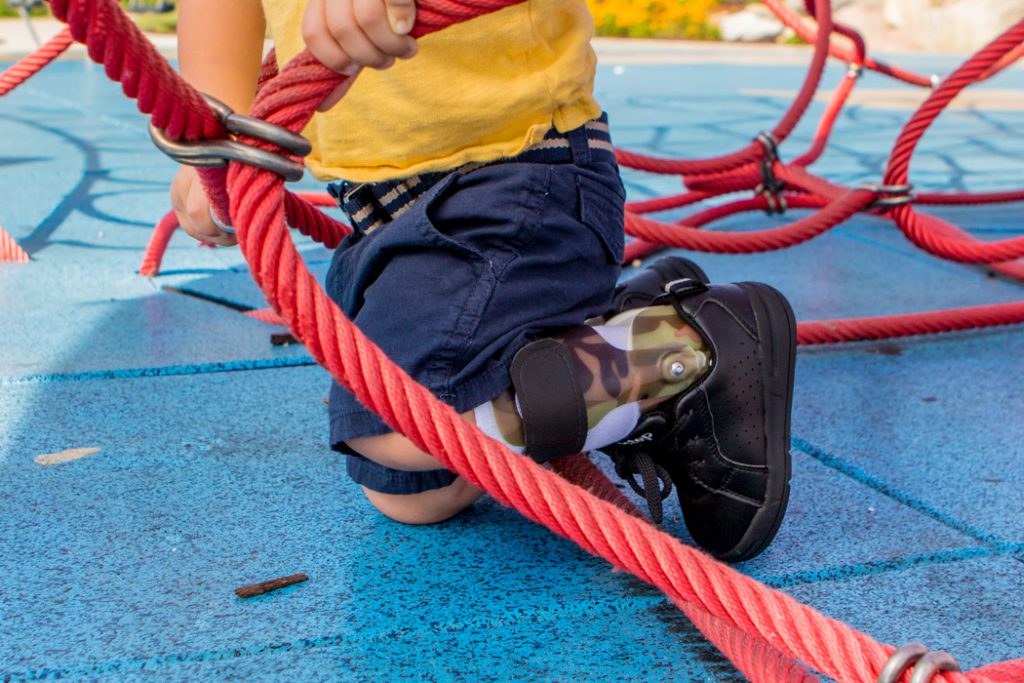
Increasing Stability
Many kids have trouble reaching that next milestone simply because of wobbly legs. Braces can help.
For example, the Surestep SMO compresses pronated ankles, allowing kids to feel steadier on their feet.
Restricting Certain Movements
At face value, this sounds like a bad thing. But for some kids, restricting specific movements will allow others to develop properly.
For example, an AFO can prevent a habitual toe walker from standing on his or her toes.
Limit Range of Motion
Your child’s joints are only meant to bend so far. And when that is exceeded, obstacles can pop up.
For example, HEKOs prevent knees from hyperextending.
Improve Alignment
Correct alignment is an essential, but often overlooked aspect of your child’s development. After all, you’d never consider building a house on top of an unsteady foundation.
For example, Derotation Straps guide legs that either rotate inside or outside back into the ideal positioning.
What Shoes For Leg Braces Should I Get?
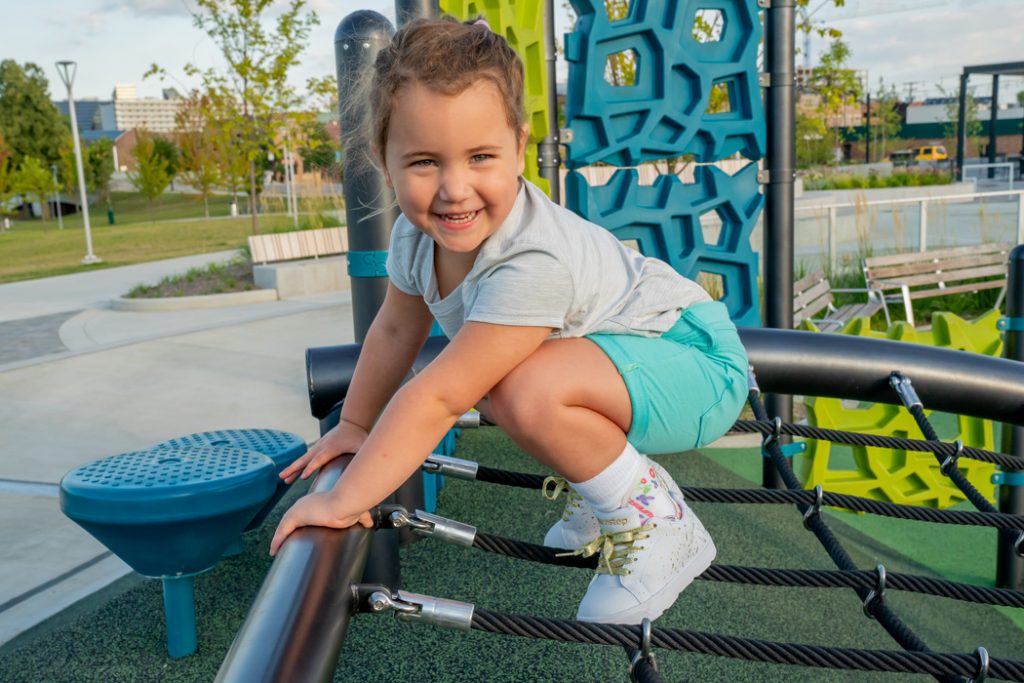
Leg braces can make shoe shopping especially difficult.
The number one mistake to avoid is immediately jumping up multiple shoe sizes.
Instead, look for a pair that is wider than average.
For a deeper dive as well as specific brand recommendations, check out this previous post.
Does My Child Need Leg Braces?
This is a difficult question to answer. But asking yourself these questions can help guide you in the right direction:
- Is my child not keeping pace with peers?
- Does my child have a diagnosis?
- Do I see delays or slower progress?
- Is my child especially clumsy?
- Does my child’s walk look significantly different than kids his or her age?
- Does my child get exhausted too quickly?
- Did I face challenges with mobility while growing up?
How Can I Get Custom Leg Braces For My Child?
The first step is getting a prescription from your doctor. And this may be a conversation you need to start.
Share your concerns.
Common wisdom will be to “wait and see.” But if your parental intuition tells you that your child needs help, push for action instead of patience. That may require seeking a second opinion.
With that prescription in hand, you will then visit a local orthotist. This is a certified professional who specializes in orthotic devices.
As with any appointment, this visit can be unnerving for your child. So if possible, find a pediatric orthotist. He or she will have plenty of experience working with kids. That way, your little one can feel as comfortable as possible.
If you’d like a list of orthotists in your area, send us your ZIP code.
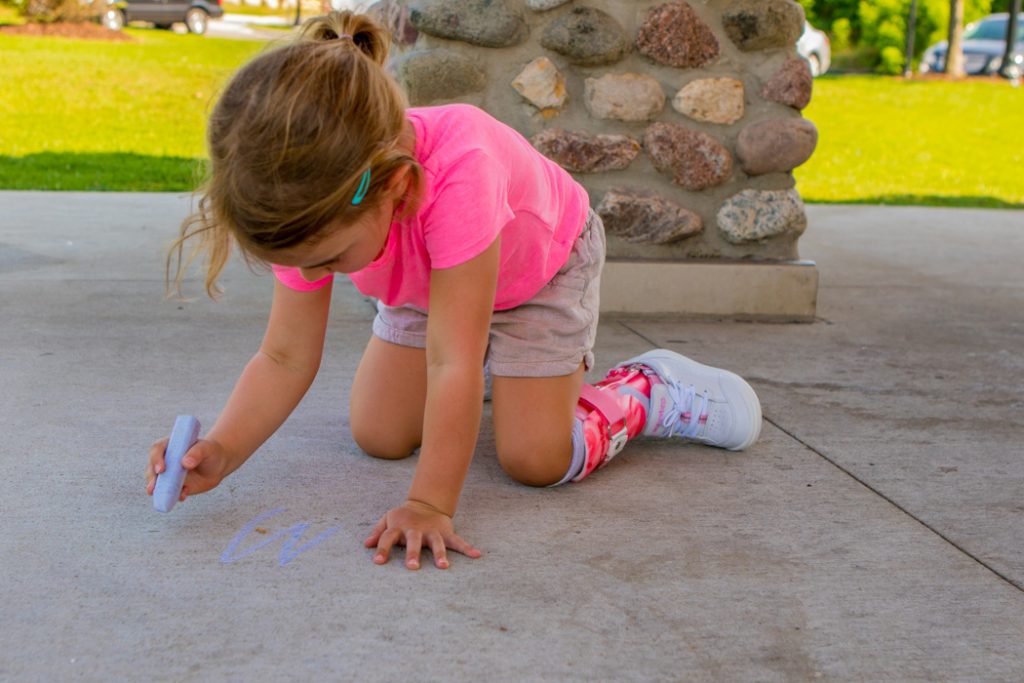
Leg braces for kids are more complex and varied than they appear at first glance. But when needed, they can have an enormous impact on your child’s life.

